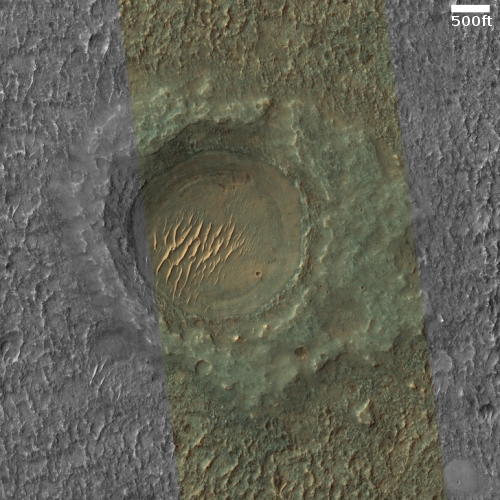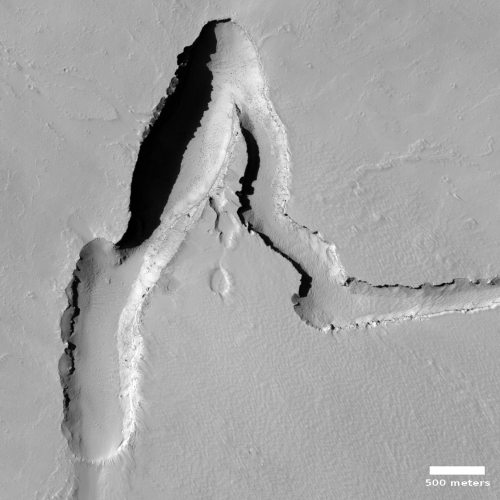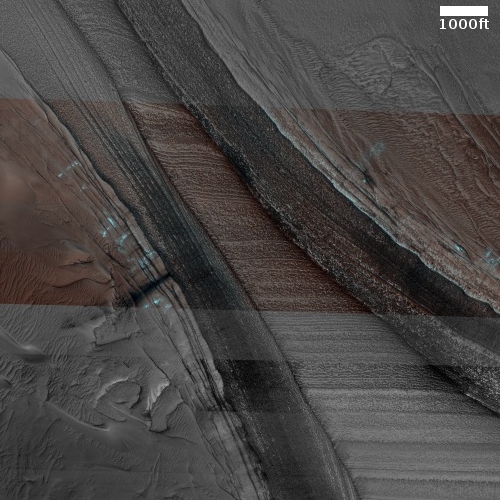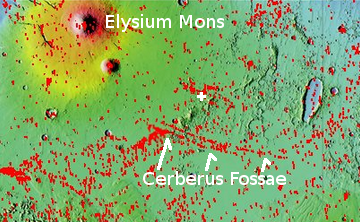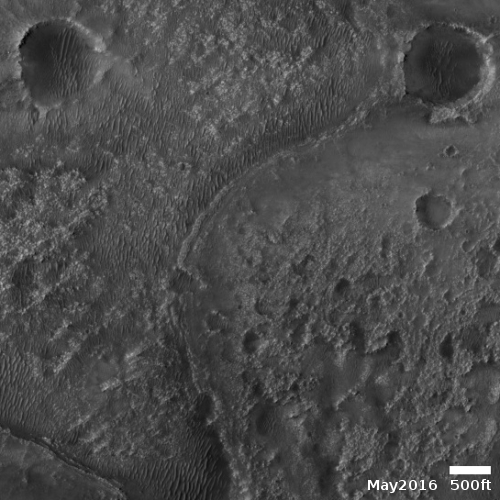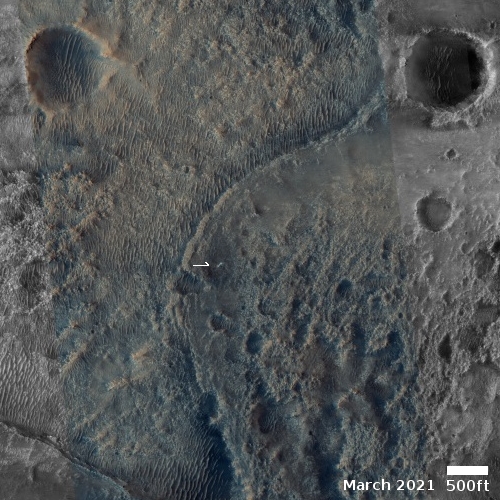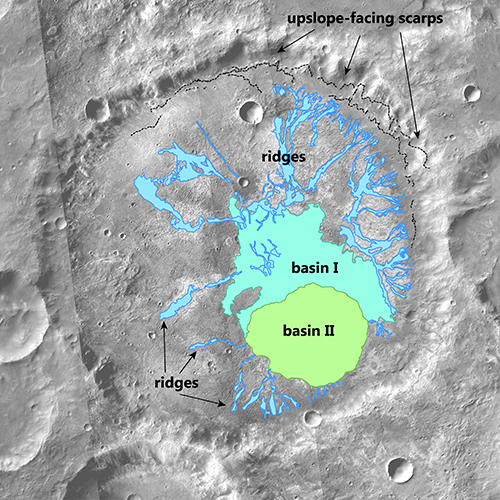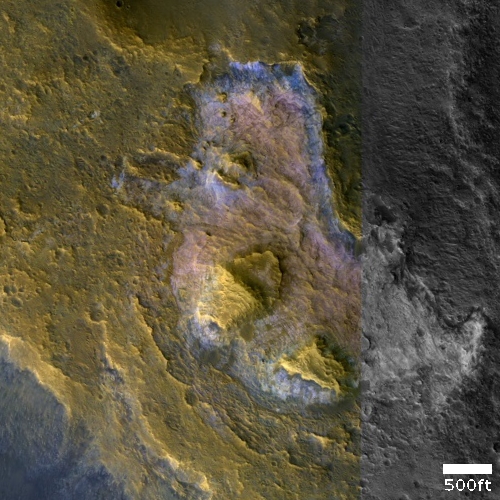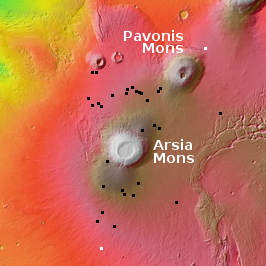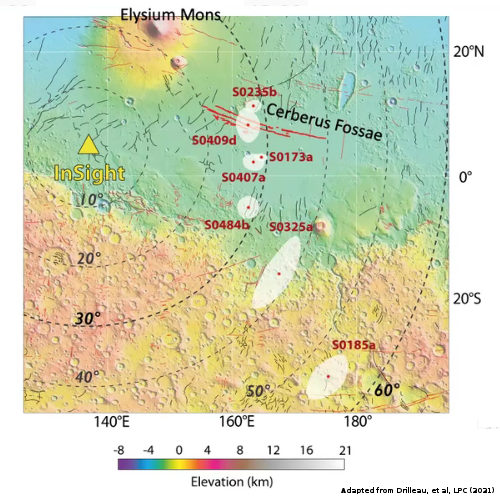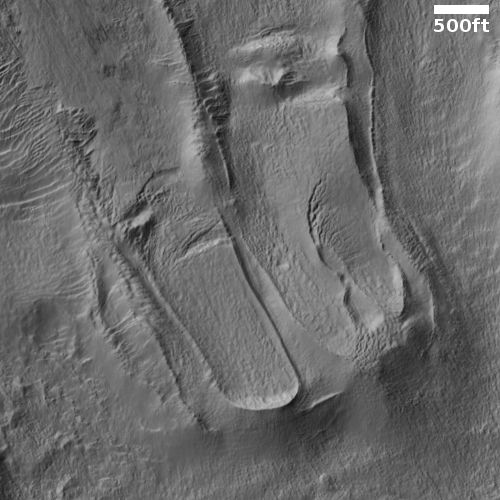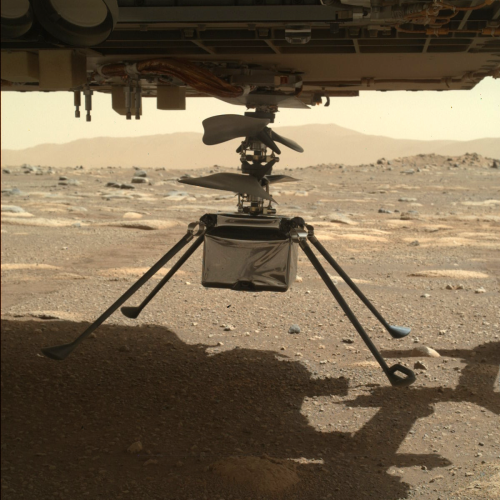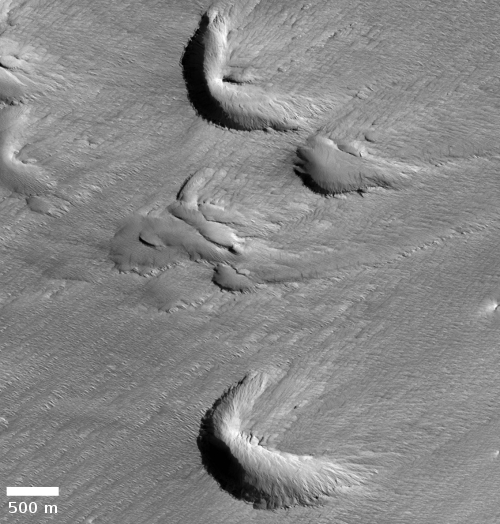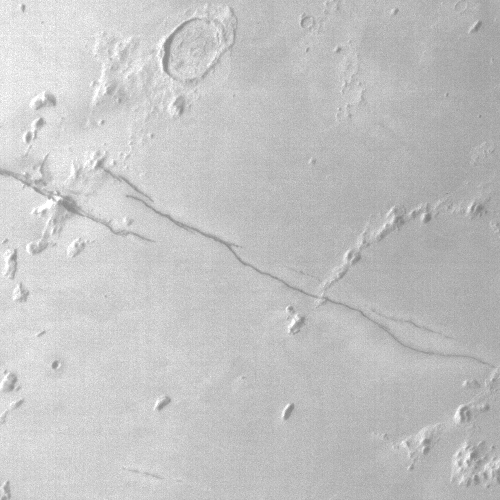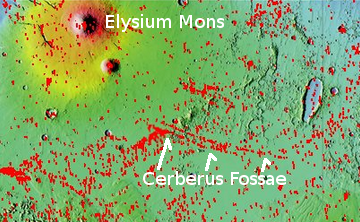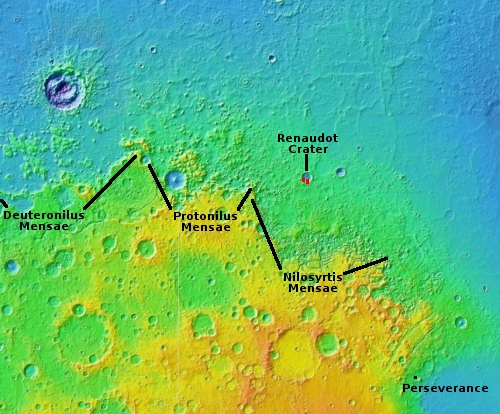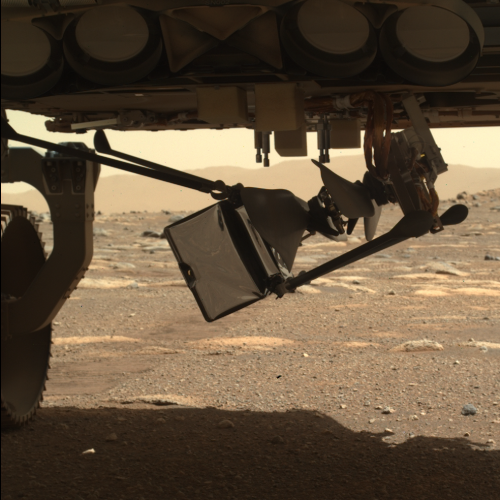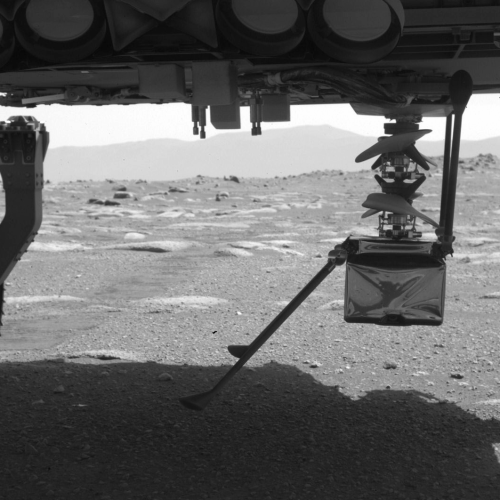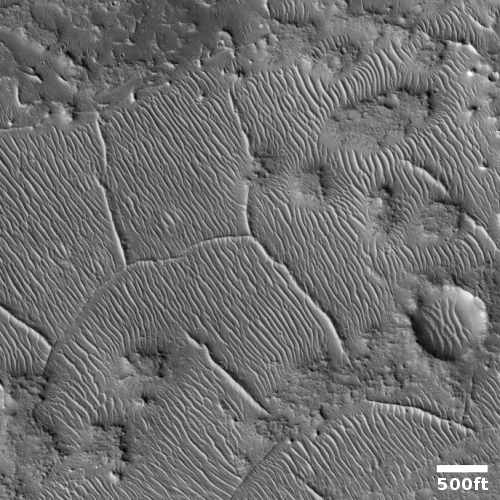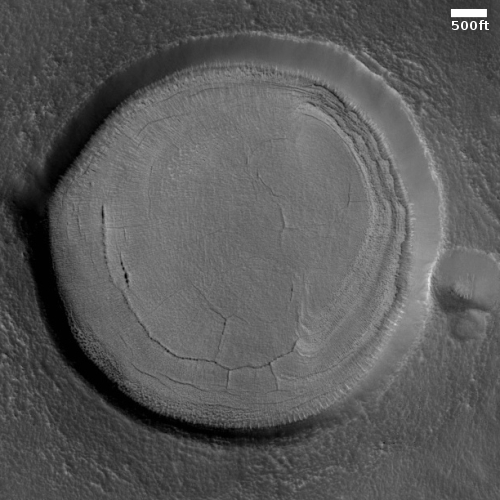Ingenuity first test flight scheduled for 3:30 am (Eastern) tonight!
The engineering team for the Ingenuity helicopter on Mars have decided to attempt the first test flight tonight, scheduled for 3:30 am (Eastern) in the early morning hours tomorrow.
Data from the first flight will return to Earth a few hours [later] following the autonomous flight. A livestream will begin at 6:15 a.m. EDT (3:15 a.m. PDT) as the helicopter team prepares to receive the data downlink in the Space Flight Operations Facility at NASA’s Jet Propulsion Laboratory (JPL).
NASA propaganda will begin on NASA TV at 3:30 am (Eastern), but the actual live stream of the flight will not air until about 6:30 am (Eastern) on April 19th.
At the first link above the engineers explain their decision to proceed immediately.
» Read more
The engineering team for the Ingenuity helicopter on Mars have decided to attempt the first test flight tonight, scheduled for 3:30 am (Eastern) in the early morning hours tomorrow.
Data from the first flight will return to Earth a few hours [later] following the autonomous flight. A livestream will begin at 6:15 a.m. EDT (3:15 a.m. PDT) as the helicopter team prepares to receive the data downlink in the Space Flight Operations Facility at NASA’s Jet Propulsion Laboratory (JPL).
NASA propaganda will begin on NASA TV at 3:30 am (Eastern), but the actual live stream of the flight will not air until about 6:30 am (Eastern) on April 19th.
At the first link above the engineers explain their decision to proceed immediately.
» Read more

